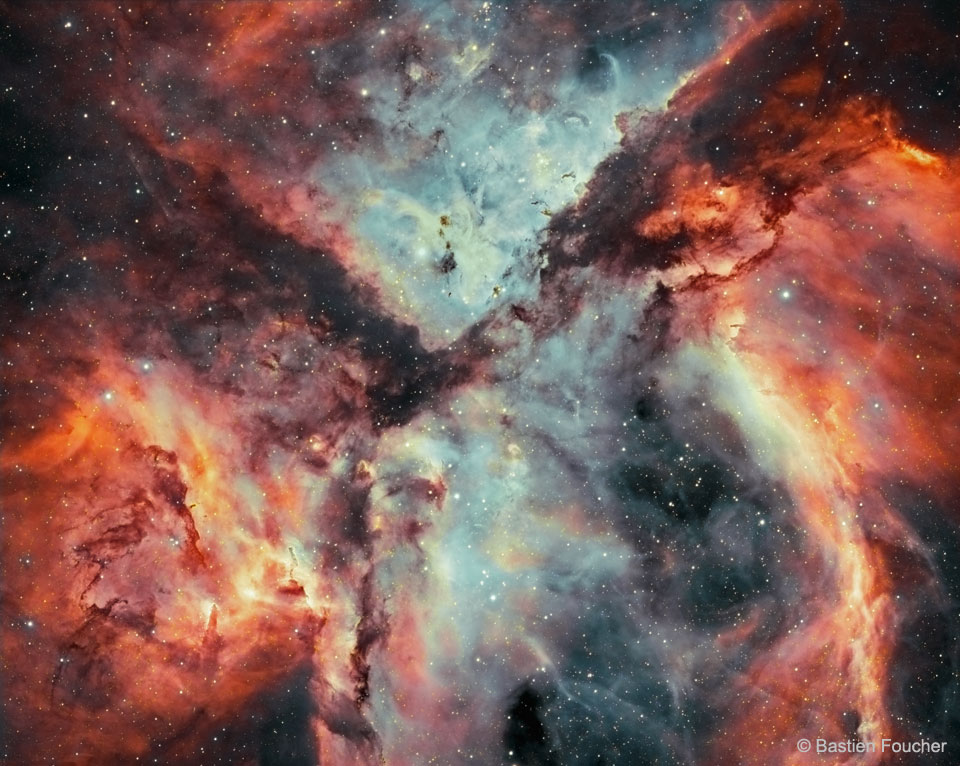Mere weeks away from its dramatic, mission-ending plunge into Saturn, NASA's Cassini spacecraft has a hectic schedule, orbiting the planet every week in its Grand Finale. On a few orbits, Saturn's largest moon, Titan, has been near enough to tweak Cassini's orbit, causing the spacecraft to approach Saturn a bit closer or a bit farther away. A couple of those distant passes even pushed Cassini into the inner fringes of Saturn's rings.
via Science Daily
Zazzle Space Exploration market place

